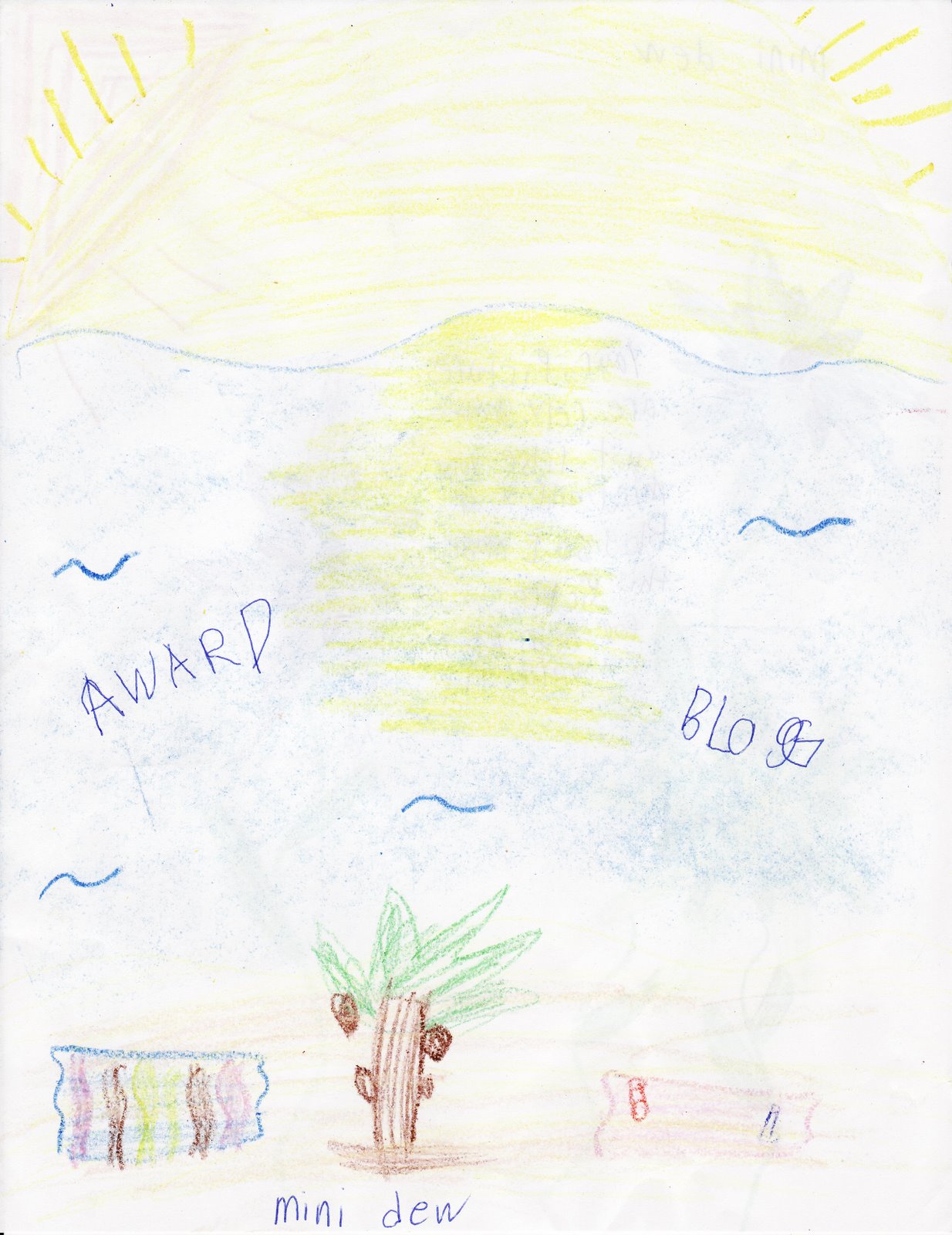After a couple of "nasty" (frankly, I thought they were pretty cool) thunderstorms over the last couple of days in the Valdosta and Tallahassee areas, we had/still sort of have a really cool feature that was/is visible on satellite.
A mesoscale convective vortex (MCV) is a low-pressure center within an mesoscale convective system (MCS) that pulls winds into a circling pattern, or vortex. An MCV can take on a life of its own, persisting for up to 12 hours after its parent MCS has dissipated. This orphaned MCV will sometimes then become the seed of the next thunderstorm outbreak. WikipediaIn our case, the MCV is already losing much of it's structure, but it still has a swath of bands rotating around a less tightly compacted center, especially when you compare it with the deluge of storms over eastern Mexico as the remnants of Tropical Storm Dolly make their way inland and work at dissipating. We would look to a MCV area for upcoming thunderstorm development, similar to how we would expect thunderstorms with any other low pressure system.
Thanks to my friend at the NWS for bringing the feature to my attention. Cool stuff.
Until next time,
~Dewdrop
















No comments:
Post a Comment
Dew comment, please...